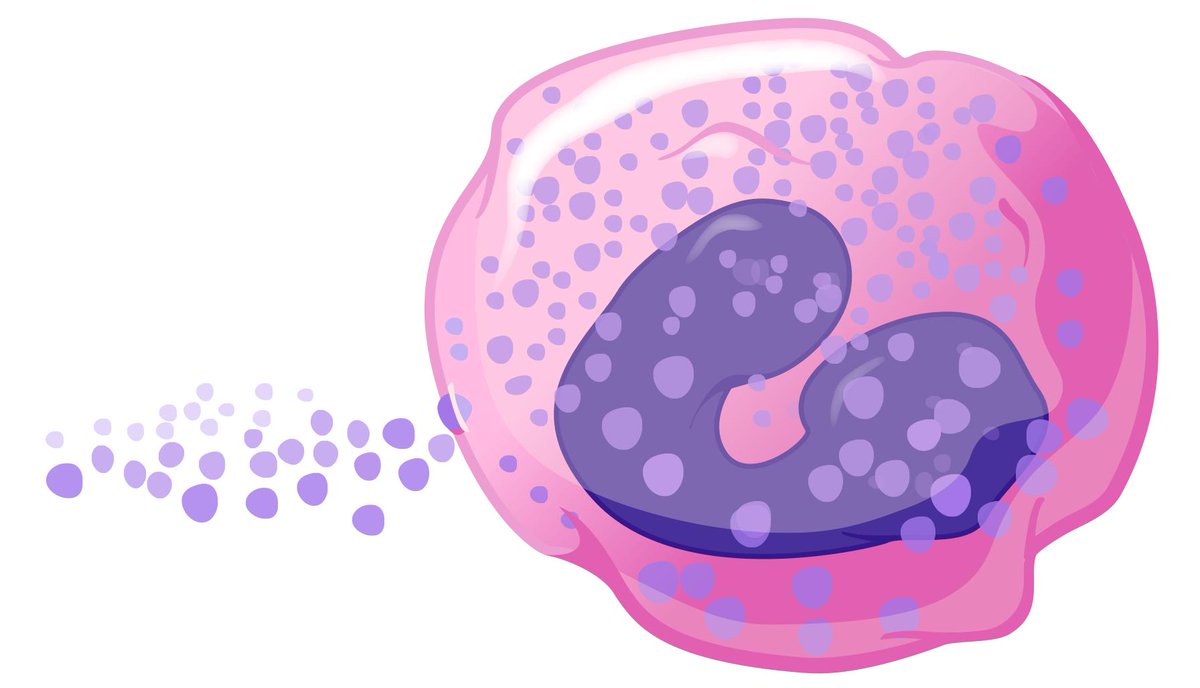What is Eosinophilic Esophagitis?
Eosinophilic esophagitis (EOE) is a chronic inflammatory disease of the esophagus characterized by high levels of eosinophils (a type of white blood cell) in the esophagus. EOE causes swelling and inflammation of the esophagus, making it difficult to swallow food and liquids. While the exact cause of EOE is unknown, it is considered an allergic disease and thought to be related to food allergies or environmental allergens like dust or pollen.
Symptoms of Eosinophilic Esophagitis
The main symptoms of EOE include difficulty swallowing, food getting stuck in the throat (dysphagia), chest pain with swallowing, and heartburn or acid reflux-like symptoms. Other symptoms may include abdominal pain, nausea or vomiting, weight loss, food impaction, and food sensitivities. However, EOE can also be asymptomatic in some cases and detected through endoscopy. Symptoms tend to be worse with certain foods, though the triggering foods may differ between individuals.
Diagnosing Eosinophilic Esophagitis
There is no single test to definitively diagnose EOE. Diagnosis involves ruling out other conditions and confirming Eosinophilic Esophagitis inflammation in the esophagus through endoscopy. During an endoscopy, the esophagus will appear swollen and inflamed. Biopsy samples are taken from different levels of the esophagus to count the number of eosinophils present. A diagnosis of EOE requires greater than 15 eosinophils in each high-power field to be seen microscopically in biopsy samples. Blood tests and imaging tests like barium swallow may provide additional information but are not required for diagnosis. A positive response to treatment can also help confirm an EOE diagnosis.
Causes and Risk Factors of Eosinophilic Esophagitis
While the exact cause is unknown, EOE is considered an immune-mediated disorder where the body’s immune system responds inappropriately to environmental allergens or foods in the esophagus. Genetics also seem to play a role as those with a family history are at higher risk. EOE occurs more commonly in males and tends to start in childhood, adolescence, or early adulthood. Common risk factors include a history of other allergic diseases like asthma, eczema, food allergies, and environmental allergies.
Treatment of Eosinophilic Esophagitis
There is no cure for EOE but treatments aim to manage symptoms and reduce inflammation. Depending on the individual, treatment may involve dietary changes and medications. Dietary therapy usually involves removing foods that trigger symptoms to allow the esophagus to heal. Common food triggers are dairy, eggs, wheat, soy, and nuts. Topical corticosteroids or swallow corticosteroids are often prescribed to reduce inflammation. If dietary and medication management are ineffective, dilation procedures may be considered to stretch a tightened esophagus allowing easier swallowing. The goal is to find an effective treatment regimen through close monitoring with an allergist and gastroenterologist.
Living with Eosinophilic Esophagitis
As EOE is a chronic condition, ongoing management is necessary. For those on long-term treatment like dietary elimination or maintenance dilation procedures, this requires coordination between the medical team and patience. Support groups can help individuals and families coping with EOE share experiences and suggestions for daily living. Schools should be notified to provide dietary accommodations if needed. Carrying quick-access nutritional substitutes when eating in public places prepares for potential food impactions. Overall, EOE is manageable for most with a treatment plan tailored to the individual in partnership with experienced medical professionals.
Prognosis of Eosinophilic Esophagitis
With proper treatment and management, many individuals with EOE are able to gain long-term control of their symptoms. Early diagnosis and treatment are linked to a better prognosis and reduced risk of complications. However, EOE is a chronic inflammatory condition requiring ongoing care. Even under treatment, some may continue experiencing mild symptoms periodically. It is important not to abruptly stop prescribed treatments without medical guidance. While rare, complications of advanced scarring from untreated disease can include narrowing or an abnormal passage between the esophagus and windpipe. Overall, the prognosis is quite good when EOE is diagnosed accurately and managed through a customized multidisciplinary approach.
Future Directions
As scientists learn more about the immune mechanisms driving EOE, new treatments may be developed. Areas of research include identifying specific food triggers, testing immunomodulator therapies, developing rapid allergy tests, and determining whether eliminating triggers can induce long-term remission. Larger epidemiological studies aim to better understand genetic and environmental risk factors as well as the scope of EOE prevalence worldwide. Paediatric studies are important for diagnosis earlier in progression when intestinal damage may be reversible. Overall, advances in EOE research and recognition show promise for even more effective management strategies moving forward.
*Note:
1. Source: Coherent Market Insights, Public sources, Desk research
2. We have leveraged AI tools to mine information and compile it



